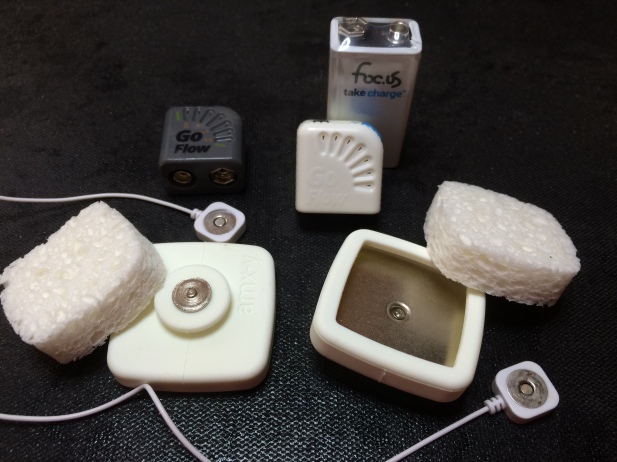No mention of tDCS in his journey to find relief from severe depression, but some new to me and interesting information about treating his depression with Transcranial Magnetic Stimulation. Especially interesting is that a genome test recommended by his psychiatrist led to the awareness that many of the drugs typically used to treat depression would most likely be overwhelming to his system. Also that his insurer, Anthem Blue Cross (through the ACA, Obamacare) covered his TMS treatment. Links below to full article.
Transcranial Magnetic Stimulation, or TMS, is a depression treatment that was approved by the FDA in 2008. It involves placing a magnetic coil on the patient’s head, and stimulating neurons in a specific part of the brain known to be underactive in depression (the dorsolateral prefrontal cortex). Best of all, it has very few side effects: only some uncomfortable tapping on the head where treatment is applied. There are none of the standard side effects we’ve come to associate with medications.
How Transcranial Magnetic Stimulation and Genome Testing Pulled Me Out of a Severe Depression









